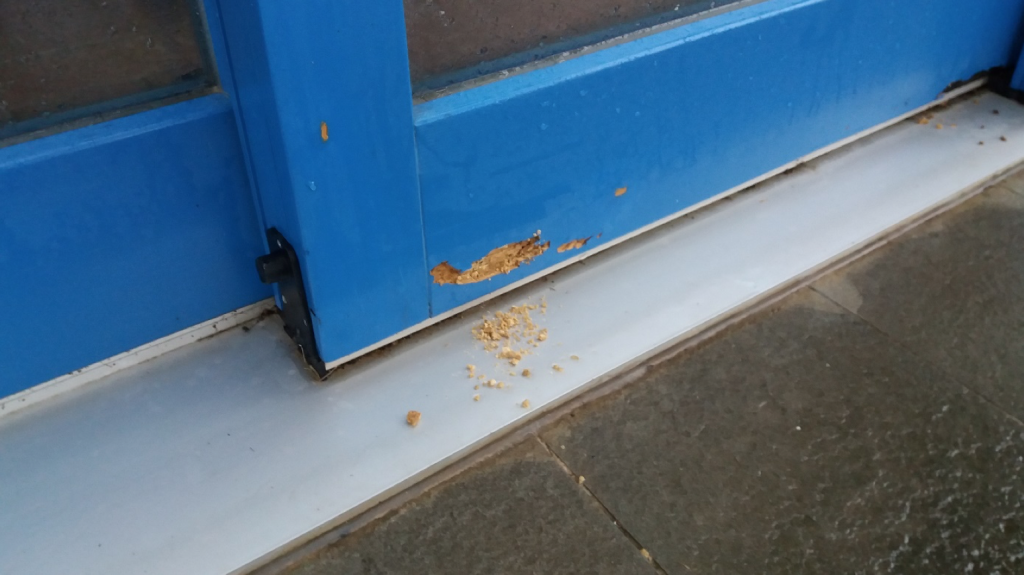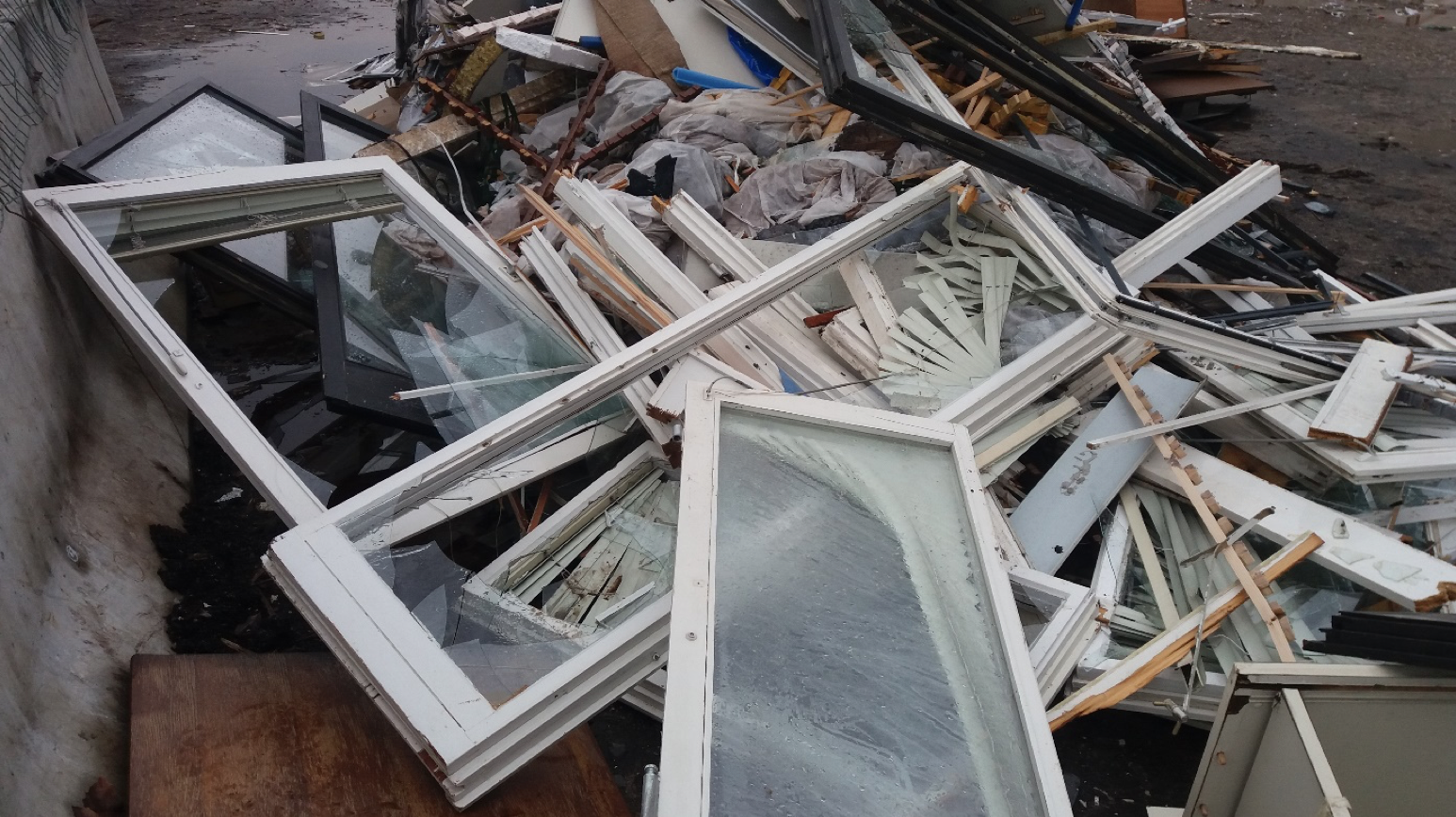One of the most common fears among customers regarding wooden windows is the fear of the renewal of the coating that covers the wooden parts of the window, which primarily originates from aesthetic and, secondly, from functional reasons. Fear is certainly not superfluous since the surface coating can, in many cases, be an indirect reason for aesthetical as well as functional change to the worse.
In case of damage or use of the coating (the latter is unlikely in case of modern coatings), the change of moisture content of the wood, which is the basic material of the window frames and casements, occurs. The high moisture content of the wood (e.g. above 25 %) is its biggest enemy, as it creates suitable conditions for the beginning of wood decay, which in the long term leads to the degradation of wooden windows and consequently the end of the wooden window service life or lifetime. Since wood decay often occurs under the coating, it can be hidden from the owner of window for years, and when the latter notices the decay, it is usually already too late. This is particularly well known when windows are coated with an opaque coating (the wood texture is not visible) which is damaged by the hail. This can result in very small damages (micro cracks) which are not noticed by window owner. These are big enough to release the water through which increases the moisture content of the wood. On the other side, wood can not dry quick enough and it is constantly wet. After this, there is just one more step when spore of wood decay fungus finds its way to wood and infects it. With this, the beginning of the end of the wooden window began.

Consequence of multiple year »hidden« wood decay under the opaque coating
Is everything really so black and white? The current state of technology in the field of wooden windows does not cover the monitoring of wood moisture in windows and even less, prediction of their lifetime. However, there are developed methods for constant monitoring of wood moisture and models that predict the relative service lifetime of certain wood species based on the number of days with favourable conditions for the wood decay. In particular, the current methods for monitoring of wood moisture are aesthetically inadequate and indiscrete, transfer of data is not direct, whereas their accuracy is satisfactory. With the development of appropriate sensor units, a combination of evolving models for prediction the wood service lifetime and the development of advanced ICT solutions and algorithms, we can expect a completely new perception of wooden windows. However, this is not just about a real time determination of the residual lifetime of wooden windows, but also the leap from their curative to preventive treatment. By monitoring the key parameters of wood, it will be possible to instantly detect an error or damage at any time and to eliminate it before it develops into a serious problem. Perhaps this is the highest added value, since with this assumption, there won´t be only 10 days left, but will be possible to maintain a lifetime until the customer decides to replace wooden window due to the entirely other reason.


